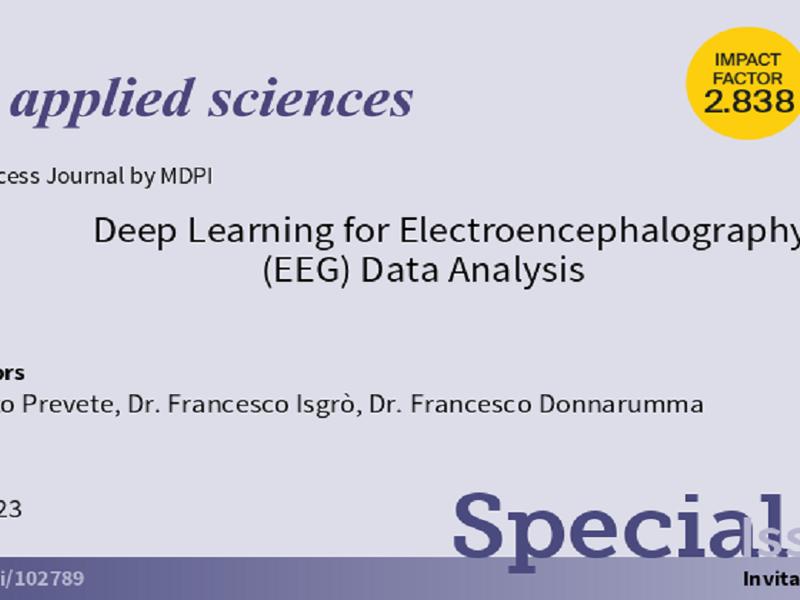Brain-computer interfaces (BCI) are used to allow humans to communicate with electronic systems through a connection, typically obtained through electroencephalography (EEG). BCI have essential applications in the medical domain, such as helping locked-in patients interact with the external world, and are also applied in many other fields. Deep learning methods have been successfully applied in several research fields, including computer vision and natural language processing, and researchers are now trying to replicate the same success in the analysis and interpretation of EEG signals. This Special Issue aims to provide an assorted and complementary collection of contributions showing new advancements and applications of deep learning methods in analyzing EEG signals.

